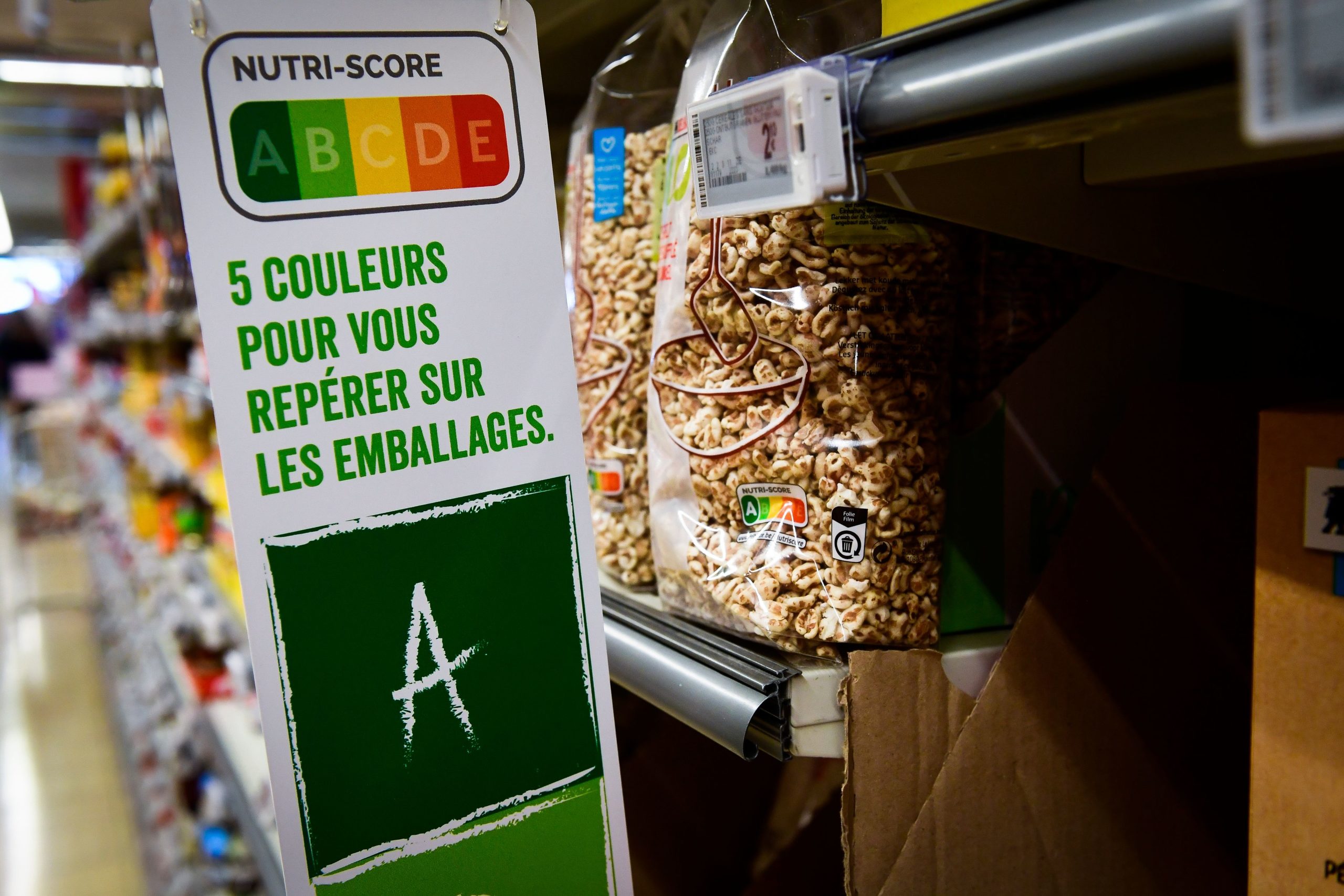The leaflets, which urge citizens to prepare for "crisis and catastrophes in peacetime, but also for different kinds of attacks on society and Sweden," is the latest step in the country's revamped defense strategy in response to perceived Russian aggression.The pamphlet is prompted partly by the "security situation in our neighborhood," meaning the Baltic area, a Civil Contingencies Agency spokesperson told CNN on Wednesday. The leaflets, which will be published later this year, aim to educate Swedes on how to prepare in case "their world gets turned upside down," and ask municipal regions to ready previous Cold War bunkers.According to a spokesperson for the Civil Contingencies Agency, the literature will also provide practical tips to ensure citizens have all the necessary food, water and blankets stocked at home.Sweden has been investing heavily in its defense strategy across the country, reintroducing conscription and also positioning troops on the strategically important island of Gotland. The country suspended conscription in 2010 and instead adopted a recruitment system which relied on volunteers.But it changed tack in March 2017, announcing conscription would return in 2018.The decision to boost defense spending by $720 million over five years was taken in February 2015 — but Sweden is lacking suitable numbers for its defense forces.According to government figures provided in March, the armed forces were 1,000 troops short in terms of full-time squad leaders, solders and sailors.The plan aims to ensure there are 6,000 full-time members serving with 10,000 available on a part-time basis.In May 2017 Swedish Defense Minister Peter Hultqvist told CNN: "The Russian regime has showed they are ready to use military powers to fulfill political goals."Sweden is not a member of NATO but it has contributed to NATO-led operations and enjoys bilateral ties with the alliance through the Partnership for Peace and the Euro-Atlantic Partnership Council.
Original Article
The leaflets, which urge citizens to prepare for "crisis and catastrophes in peacetime, but also for different kinds of attacks on society and Sweden," is the latest step in the country's revamped defense strategy in response to perceived Russian aggression.The pamphlet is prompted partly by the "security situation in our neighborhood," meaning the Baltic area, a Civil Contingencies Agency spokesperson told CNN on Wednesday. The leaflets, which will be published later this year, aim to educate Swedes on how to prepare in case "their world gets turned upside down," and ask municipal regions to ready previous Cold War bunkers.According to a spokesperson for the Civil Contingencies Agency, the literature will also provide practical tips to ensure citizens have all the necessary food, water and blankets stocked at home.Sweden has been investing heavily in its defense strategy across the country, reintroducing conscription and also positioning troops on the strategically important island of Gotland. The country suspended conscription in 2010 and instead adopted a recruitment system which relied on volunteers.But it changed tack in March 2017, announcing conscription would return in 2018.The decision to boost defense spending by $720 million over five years was taken in February 2015 — but Sweden is lacking suitable numbers for its defense forces.According to government figures provided in March, the armed forces were 1,000 troops short in terms of full-time squad leaders, solders and sailors.The plan aims to ensure there are 6,000 full-time members serving with 10,000 available on a part-time basis.In May 2017 Swedish Defense Minister Peter Hultqvist told CNN: "The Russian regime has showed they are ready to use military powers to fulfill political goals."Sweden is not a member of NATO but it has contributed to NATO-led operations and enjoys bilateral ties with the alliance through the Partnership for Peace and the Euro-Atlantic Partnership Council.
Original Article










